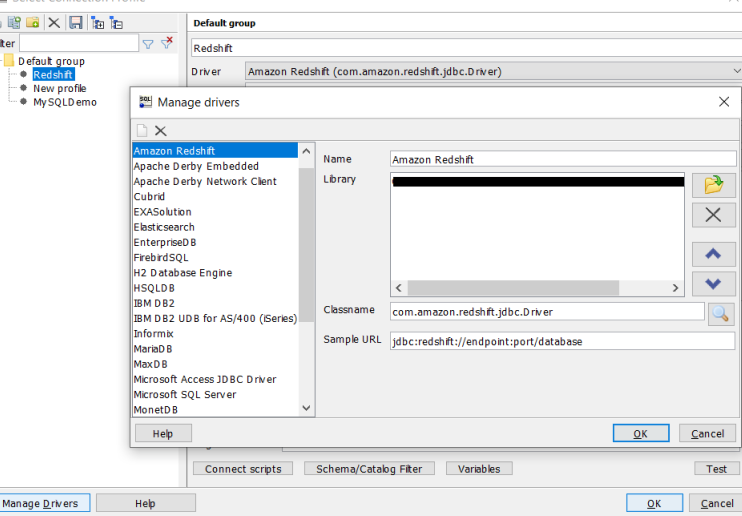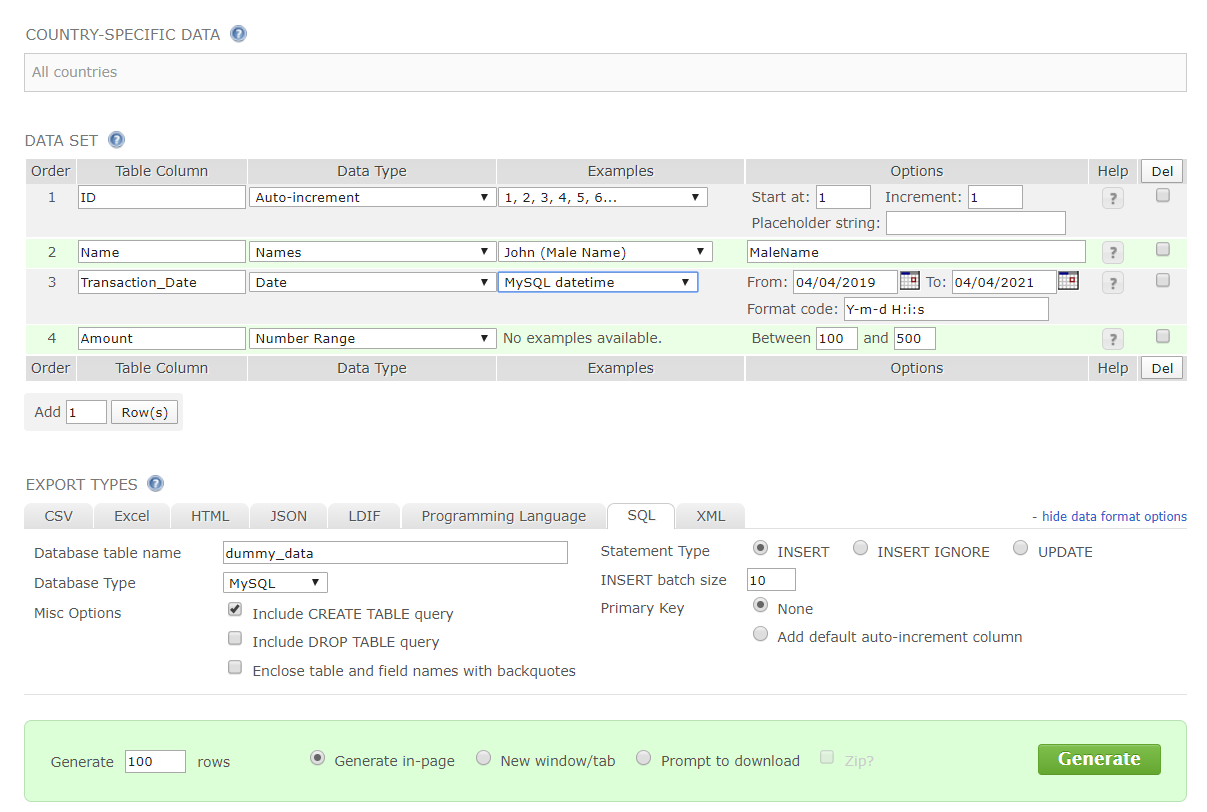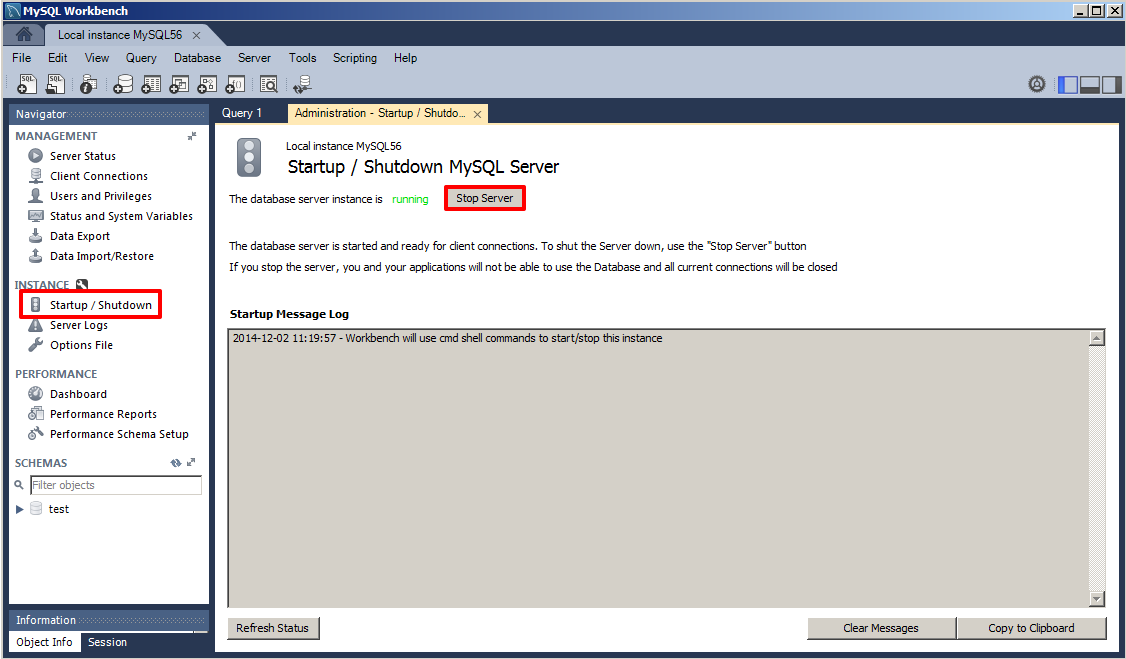
Many of those metrics are summarized in the events_statements_summary_by_digest table, available in MySQL 5.6 and later. Once the performance schema is enabled, it will collect metrics on all the statements executed by the server. The configuration change will be picked up after server restart. To enable the performance schema, add the following line under the heading in your my.conf file: performance_schema In the output, you should see a line like this: performance-schema TRUE You can verify that it is enabled by running the following command from a shell prompt: mysqld -verbose -help | grep "^performance-schema\s" The performance schema is enabled by default since MySQL 5.6.6. The performance schema comprises database tables that can be queried like any other. The performance schema stores performance metrics about individual SQL statements, rather than the summary statistics of the server status variables. Querying the performance schema and sys schema Enabling the performance schema

Server status variables are easy to collect on an ad hoc basis, as shown above, but they can also be queried programmatically and passed into an external monitoring system. | Connection_errors_max_connections | 15 | To check metrics on connection errors, for instance: SHOW GLOBAL STATUS LIKE '%Connection_errors%'

These statements also support pattern matching to query a family of related metrics simultaneously.
#Mysql workbench redshift series
Each of them can be queried at the session or global level.Įach of the server status variables highlighted in Part 1 of this series can be retrieved using a SHOW STATUS statement: SHOW GLOBAL STATUS LIKE 'Questions'

Out of the box, recent versions of MySQL come with about 350 metrics, known as server status variables.
#Mysql workbench redshift how to
We’ll also discuss how to view those metrics in the free MySQL Workbench GUI or in a full-featured monitoring system. In this article we’ll walk through both approaches to metric collection.

SQL is a programming language which is used as a tool in handling this database. Important decisions, ready information, conclusive evidence and other important bits of knowledge can be extracted from this data. Data storage, handling, management, and analysis is an operation of high significance for organizations that deal with large volumes of it.


 0 kommentar(er)
0 kommentar(er)
